
Hålandsdal Church
Bjørnafjorden, NO
The Hålandsdal church in Bjørnafjorden is a neo-Gothic wooden church built in 1890. The architect of the church is Karl Hansen Askeland.
Here you can search for a building to visit. You can use the map find destinations, or you can use the filters to search for a building based upon what different criteria.

Bjørnafjorden, NO
The Hålandsdal church in Bjørnafjorden is a neo-Gothic wooden church built in 1890. The architect of the church is Karl Hansen Askeland.

Rethymno, GR
The Venetian Monastery of Halevi is a former monastery founded in the 16th century and abandoned after the Ottomans took control of the island. It is located 6km south of Rethymnon.
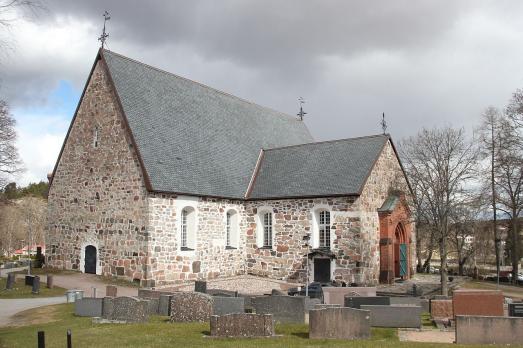
Halikko, FI
The church of Halikko was first mentioned in 1352, at a time when it was probably a wooden church. The present stone structure was probably built between 1460 and 1475. Following the Reformation, the walls of the Halikko church, covered with medieval paintings, were whitewashed. At the turn of the 18th century, the church was already in poor condition and cramped. It was therefore enlarged in 1799, and then more significantly between 1813 and 1815. The medieval stone church was transformed into a neoclassical church of the 19th century. In the middle of the 19th century, the paintings were restored by the painter Fredrik Ellmen.
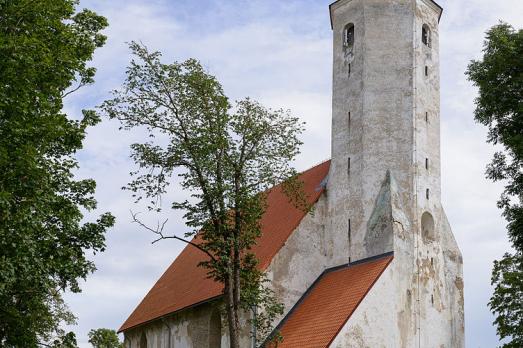
Haljala, EE
The Church of St. Mauritius is one of the most unique medieval churches in Virumaa County. The first wooden church was probably built here as early as 1220. The present church of Haljala was built according to the Villem Raam in three stages: the first, around 1430-1440, saw the completion of the choir and sacristy. A long building was constructed in the third quarter of the 15th century and a tower was completed at the end of the 15th century. The church suffered both at the outbreak of the Livonian War in 1558 and the Great Northern War in 1703. The church tower was also repeatedly set ablaze by thunder (1761, 1831).
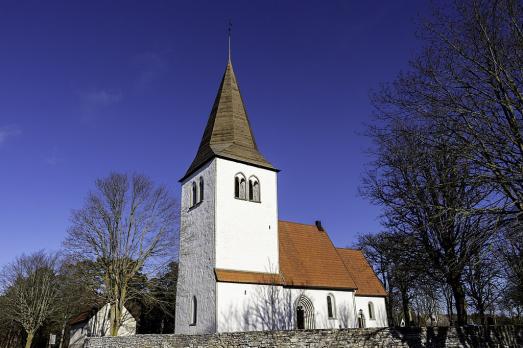
Lärbro, SE
Hall Kyrka is one of the 92 medieval churches on the island of Gotland.
Romakloster, SE
Halla Church is one of the 92 medieval churches on the island of Gotland.

Hamarvik, NO
The Hallaren church, dating from 1881, was designed by the same architect as the former Sletta church, Henrik Nissen, and built by the builder Kristian Hovde. The church in Sandstad, on Hitra, was built seven years later according to the same plans as the Hallaren church.
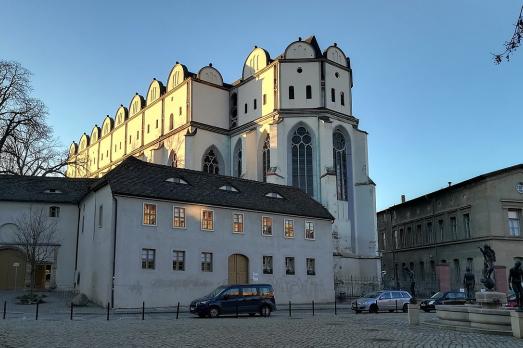
Halle , DE
Halle Cathedral was originally a monastery founded by the mendicant order of the Dominicans in 1271 and completed around 1330. In accordance with their rules, the monks did not build a tower and transept. In the 16th century, the Archbishop of Magdeburg had the exterior of the church redesigned by Bastian Binder and re-consecrated it as a collegiate church. Since then, the church has been called "cathedral". With the Reformation and the disappearance of the archbishopric, the church became a castle church. After 1680, the Great Elector Friedrich Wilhelm von Brandenburg ceded the church to the Protestant reformists as a parish church.
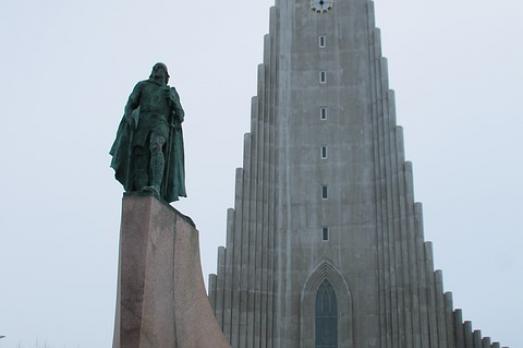
Reykjavík, IS
Hallgrímskirkja is a Lutheran church built in the years 1945-1986 in a Nordic expressionist style. It is one of Iceland's most recognizable landmarks and one of its tallest buildings.
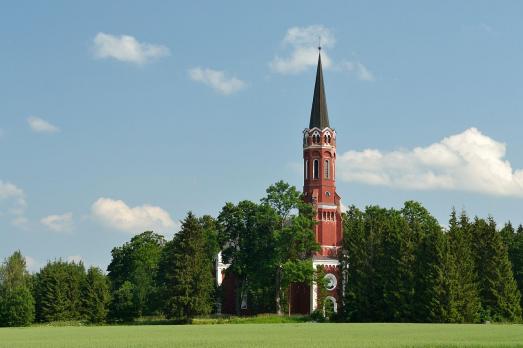
Pornuse, EE
Halliste church is the neo-Romanesque reconstruction in 1867 of a church that has existed since at least the 15th century. A fire in 1959 destroyed the building, which had to be restored in 1989-1991. The church was restored to its 1867 appearance.

new
The Chassidic Route is a cultural and historical trail tracing the rich legacy of Jewish communities in southeastern Poland and western Ukraine. This region was central to the rise of Chassidism in the 18th century. Here, we highlight 10 remarkable synagogues you’ll discover along this route.

he cradle of the Industrial Revolution in Germany, Chemnitz, is well-known for its industrial heritage landscape, but the city is also home to remarkable examples of religious architecture from different historical periods. Join us as we explore the key landmarks of this European Capital of Culture 2025.

The twin towns of Nova Gorica (Slovenia) and Gorizia (Italy), lying on the border between the two countries, have a rich religious heritage, steeped in centuries of tradition. If you are looking for ideas for your visit, take note of these 10 religious sites that you should not miss.